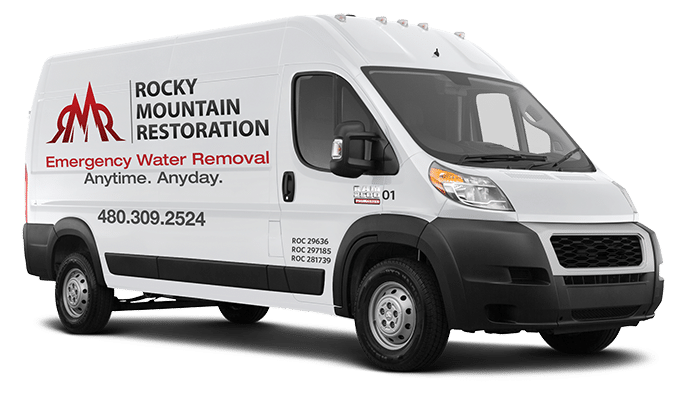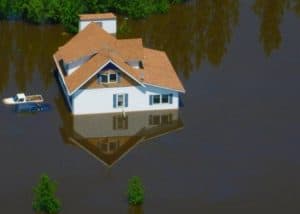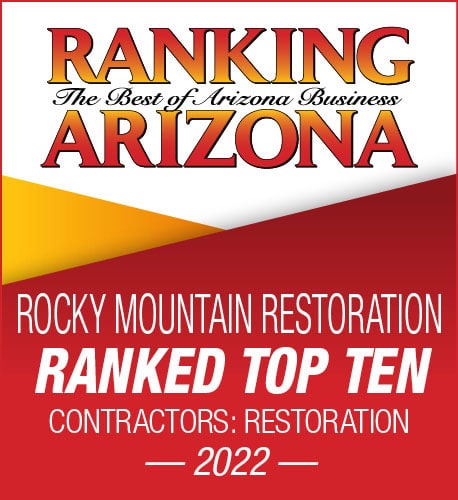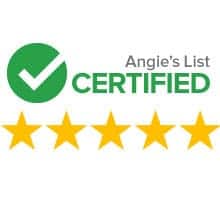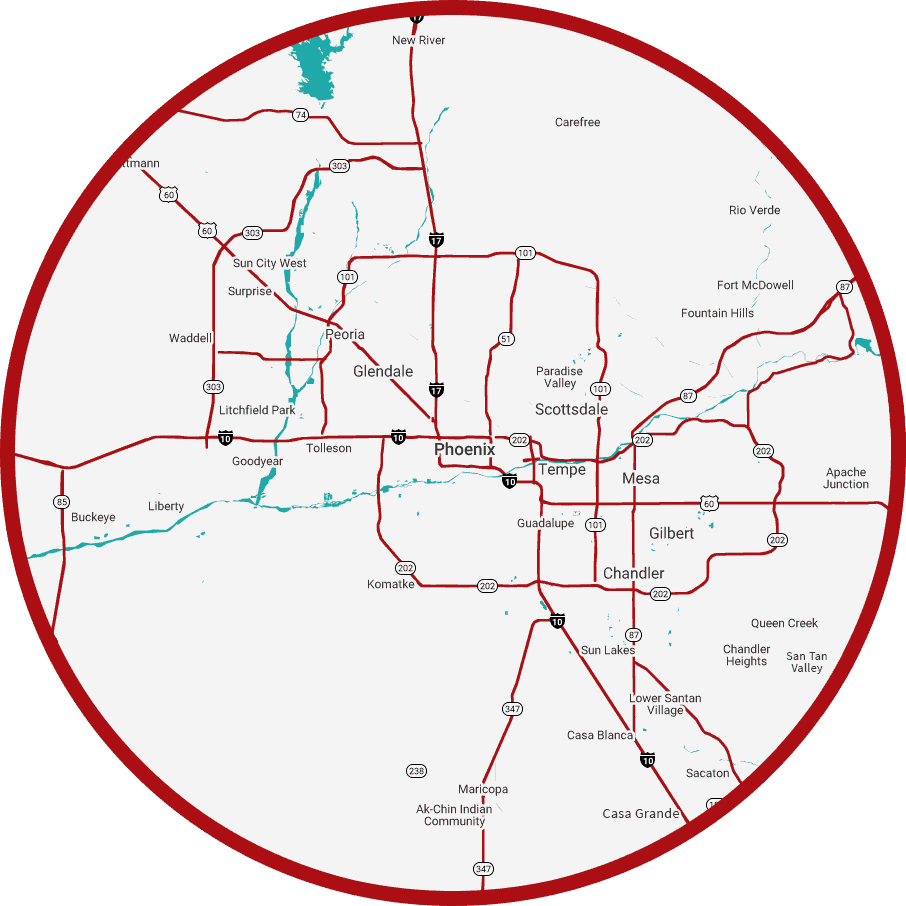When You Have a Flooded Home
No homeowner ever wants to experience a flood. Although you may prepare for a disaster by having a first aid pack, waterproofing your basement, 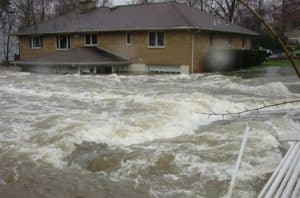
- A loss of primary power source.
- Exposure to biological hazards.
- The threat of electrocution or fire through damaged utilities.
- Damage to the structure of the home
- Injury to people inside of the home.
Any or all of these results could happen whenever you’re in a flood situation. The best thing to do is to make sure that you’re following a list of steps which outline important priorities every homeowner should remember.
You can always repair a home or purchase another one, but people are irreplaceable. Make sure that everyone is safe before you do anything else. A flood can be a stressful time adding strain on family members who may suffer from a reduced or compromised immune system, or who have nervous conditions, high blood pressure, or other problems that the stress of a flood could agitate.
Step Two: Ensure Safety
If possible, turn off the gas and electricity to the home. Whenever these systems are damaged, they present a threat of electrocution or fire respectively. Make sure the home is safe to enter before you do so; any signs of collapse, falling fixtures, and other dangers must be taken seriously. If the home is safe, be sure to recover any necessary medicines, non-perishable food items, and extremely important belongings if you plan on staying in another location.
Step Three: Prevent Further Damage
Give your home a source of fresh air, but patch any holes that you see. The former will hinder the growth of mold, while the latter will prevent more water from entering the home from rain. If possible, you can also attempt to patch the roof, but only do so if weather conditions allow for a safe working environment. As with your initial entrance into the home, exercise caution and pay attention to your surroundings when you perform any repairs.
Step Four: Handle Your Insurance
Contact your insurance agent. A smart pre-disaster planning tip is to place your insurance policies and contact information into a fire and flood-proofed safe, so now would be the time to retrieve that. Document any damage to your home, and check for more extensive damage to the structure of the home so that can be included in your claim as well. Make sure that the insurance that you have will actually cover the disaster that’s taken place.
Step Five: Remove Excess Water
Depending on the extent of the water damage, you may need to contact a professional water damage recovery service to handle this task. Even as little as an inch of standing water could have severe results in different areas of the home. Regardless of whether you can get professionals to handle the task, begin to remove water from the home as best you are able. Using large fans, physically moving water out, and reducing humidity are all ways that you can reduce mold growth and further water damage.
Step Six: Clean the Home, Restore Power
Remove any debris that’s in and around the home. Check your utilities, especially in the basement, to ensure they are still in working condition. Again, a professional water damage clean-up contractor can provide you with an inspection to determine whether you’ve got a safe living environment. If everything is alright, you may then be able to reconnect the gas and electricity.
Rocky Mountain Restoration is well equipped and uniquely skilled to assist you with your water damage disaster.
